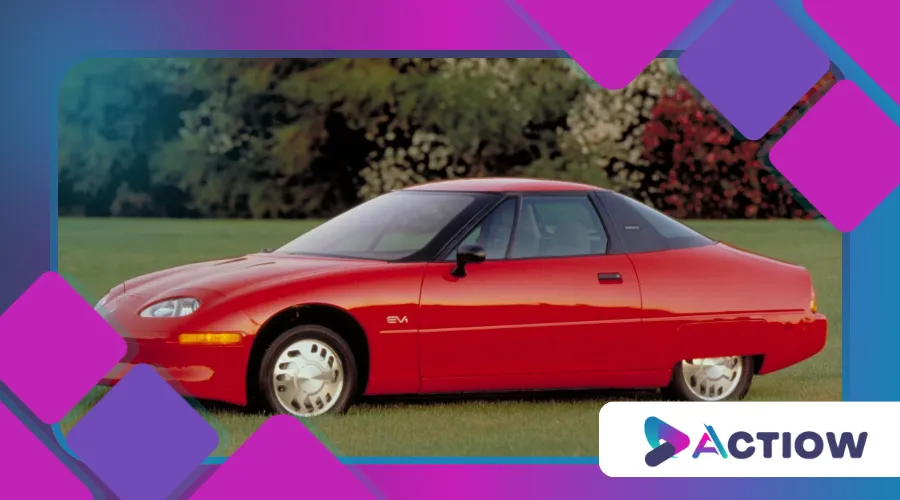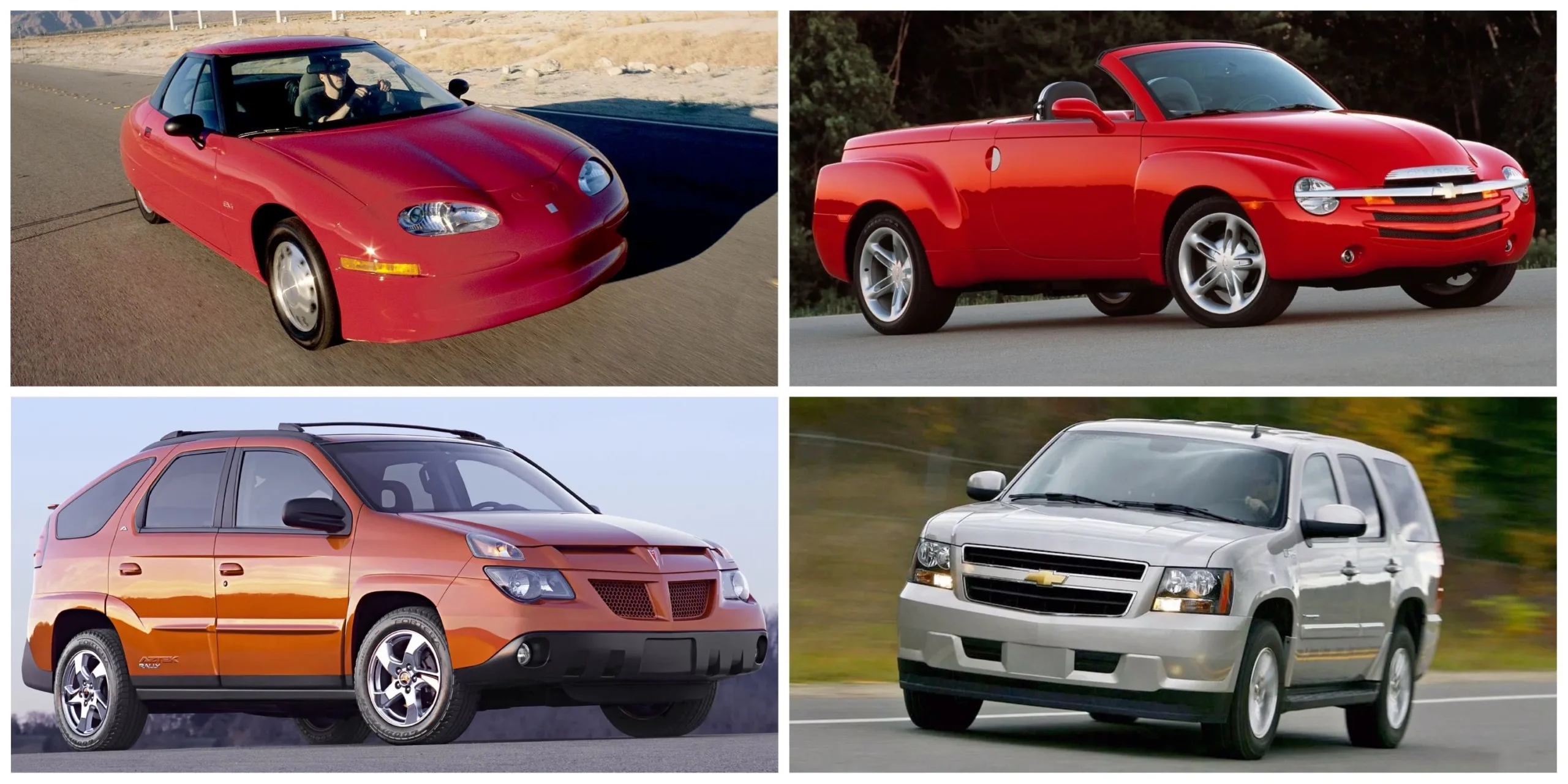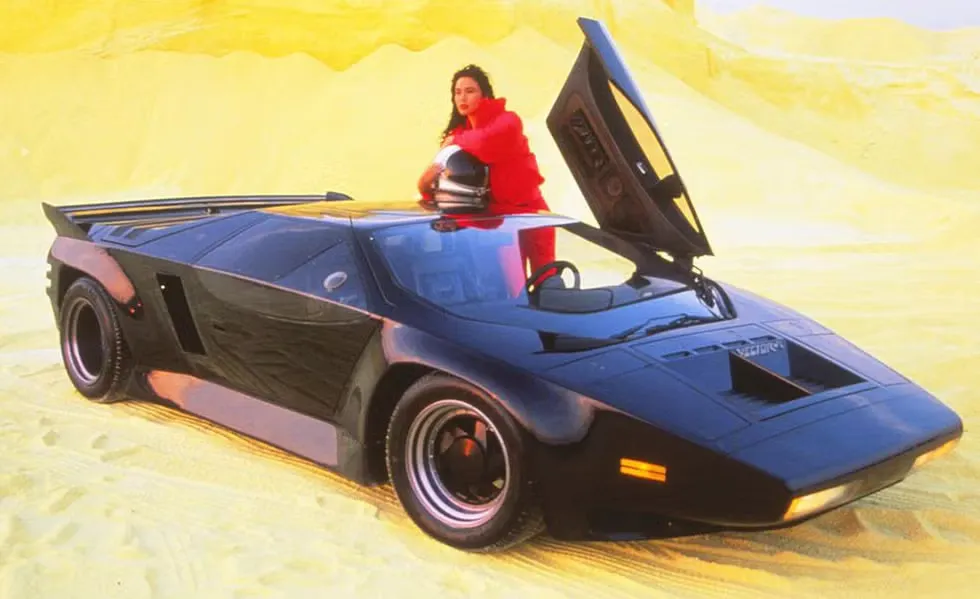Cars That Were Market Failures: What Went Wrong?

Anúncios
Cars that were market failures often suffer from flawed designs, poor timing, or simply failing to meet consumer expectations.
What separates a legendary ride from a forgotten flop? Let’s dive into the missteps, miscalculations, and outright disasters that doomed these vehicles.
Understanding the reasons behind these failures can provide valuable insights for both manufacturers and consumers.
Anúncios
Many of these failed models serve as cautionary tales, reminding us of the importance of market research and consumer feedback.
As the industry evolves, learning from past mistakes becomes crucial for future innovations and successful launches.
Why Do Some Cars Flop While Others Soar?
Market failures in the auto industry rarely happen by accident.
A combination of bad decisions, economic shifts, and consumer indifference can turn a promising model into a financial black hole.
Some cars miss the mark due to:
- Overpricing – Launching at a cost that alienates the target audience.
- Poor Design – Unappealing aesthetics or impractical features.
- Bad Timing – Entering the market during a recession or fuel crisis.
- Quality Issues – Reliability problems that tarnish reputation early on.
A classic example? The Edsel by Ford, a car so infamous for its failure that its name became synonymous with commercial disaster.
Additionally, the rise of social media has amplified consumer voices, making it easier for negative perceptions to spread rapidly.
In today’s market, a single misstep can lead to widespread backlash, further complicating a car’s chances for success.
Understanding consumer psychology—how emotions and perceptions influence buying decisions—can help manufacturers avoid pitfalls.
5 Infamous Cars That Were Market Failures (And Why They Bombed)
1. Ford Edsel (1957-1960) – The Poster Child of Flops
Ford invested $250 million (over $2 billion today) in the Edsel, banking on its unique styling and advanced features.
Instead, consumers mocked its controversial “horse-collar” grille, and the car arrived just as a recession hit.
Only 118,287 units sold before Ford pulled the plug.
Key Mistakes:
- Polarizing design that didn’t resonate.
- Overhyped launch with unmet expectations.
- Economic downturn at the worst possible time.
The Edsel’s failure highlighted how crucial it is to align product design with consumer tastes.
Moreover, it served as a lesson in the importance of timing, as market conditions can heavily influence a vehicle’s reception.
Ford’s experience with the Edsel remains a case study in business schools, illustrating the risks of innovation without thorough market analysis.
+ Famous Movie Cars: Discover the Vehicles That Made Cinematic History
2. DeLorean DMC-12 (1981-1983) – Style Over Substance
The stainless-steel DeLorean became iconic thanks to Back to the Future, but in reality, it was a commercial disaster.
Priced at $25,000 (about $80,000 today), it was underpowered, poorly built, and arrived amid financial turmoil for the company.
Key Mistakes:
- High price with mediocre performance.
- Manufacturing delays and quality control issues.
- John DeLorean’s legal troubles killing brand trust.
Despite its eventual cult status, the DeLorean serves as a reminder that a strong brand image cannot compensate for product deficiencies.
The car’s unique design was not enough to overcome its performance issues, illustrating the balance needed between style and functionality.
Today, enthusiasts celebrate the DeLorean, but its initial failure underscores the importance of delivering on promises to consumers.

3. Pontiac Aztek (2000-2005) – The Ugly Duckling
Often called one of the ugliest cars ever made, the Aztek’s bizarre styling and cheap plastics repelled buyers.
Despite its innovative features (like a built-in cooler), it became a laughingstock.
Key Mistakes:
- Unattractive, disjointed design language.
- Poor interior materials for its price range.
- Misjudged target audience (adventurers vs. average buyers).
The Aztek’s failure is a testament to how crucial aesthetics are in the automotive market, especially in the SUV segment.
While innovative features are essential, they must be paired with appealing design to attract buyers.
Over time, the Aztek has gained a niche following, demonstrating that even the most ridiculed cars can find appreciation in the right context.
4. Fisker Karma (2011-2012) – A Green Dream Gone Wrong
This luxury plug-in hybrid promised eco-conscious performance but suffered from battery fires, recalls, and financial mismanagement.
Fisker Automotive collapsed after burning through $1.4 billion in funding.
Key Mistakes:
- Overreliance on a single, flawed battery supplier.
- High maintenance costs and reliability concerns.
- Company mismanagement leading to bankruptcy.
The Fisker Karma’s failure highlights the challenges of entering the competitive luxury hybrid market without a solid foundation.
While it aimed to appeal to environmentally conscious consumers, its execution fell short, leading to significant trust issues.
Lessons learned from the Fisker experience emphasize the importance of robust supply chains and quality control in automotive production.
5. Tesla Cybertruck (2023-Present?) – Too Bold for Its Own Good?
While not a confirmed failure yet, Tesla’s angular stainless-steel truck has faced production delays, mixed reviews, and concerns over safety and practicality.
Will it defy the odds or join this list?
Potential Pitfalls:
- Polarizing, impractical design for mass appeal.
- Production challenges with stainless steel body.
- High price compared to traditional trucks.
The Cybertruck’s bold design is a gamble that could either redefine the pickup market or alienate potential buyers.
As Tesla navigates these challenges, the outcome will depend on its ability to deliver on performance and consumer expectations.
The Cybertruck’s journey reflects the ongoing tension between innovation and market acceptance in the automotive industry.
++ 10 Rarest Cars in the World: Vehicles Worth Millions

The Role of Consumer Psychology in Automotive Flops
Buying a car is emotional as much as it is logical.
A study by Cox Automotive found that 52% of car shoppers base decisions on brand perception.
If a model looks odd, feels cheap, or carries negative press, sales nosedive—no matter how innovative it is.
Consumer emotions play a significant role in shaping brand loyalty and purchasing decisions.
A vehicle’s image can be influenced by marketing, social media, and peer opinions, making perception management crucial.
Understanding these psychological factors can help manufacturers tailor their strategies to better meet consumer expectations.
Table 1: Common Reasons Behind Market Failures
| Reason | Example Model | Outcome |
|---|---|---|
| Bad Design | Pontiac Aztek | Low Sales, Early Discontinuation |
| Poor Timing | Ford Edsel | Launched During Recession |
| Quality Issues | Fisker Karma | Recalls, Bankruptcy |
| Overpricing | DeLorean DMC-12 | Low Demand, Short Lifespan |
The emotional connection consumers have with vehicles can significantly impact their willingness to overlook flaws.
Building a positive brand image and maintaining consumer trust are essential for long-term success in the automotive market.
Can a Failed Car Make a Comeback?
Some cars flop initially but later gain cult status.
The DeLorean is now a collector’s item, and the Aztek has ironic fans.
However, most cars that were market failures fade into obscurity.
The resurgence of interest in previously failed models often hinges on nostalgia and cultural references.
Social media and online communities can revive interest in these vehicles, turning them into unexpected icons.
While some cars may find a second chance, most remain cautionary tales in the automotive world.
Table 2: Failed Cars vs. Their Modern Equivalents
| Failed Model | Modern Equivalent | Why It Succeeded |
|---|---|---|
| Fisker Karma | Tesla Model S | Better Tech, Stronger Brand |
| Pontiac Aztek | Subaru Outback | Practical Design, Reliable |
The success of modern equivalents often comes from learning from past mistakes and addressing consumer needs effectively.
As the automotive landscape evolves, understanding the lessons from failures can inform the development of successful new models.
For more insights into automotive trends and market analysis, visit Automotive News.
Lessons for the Auto Industry
- Design Matters – Aesthetics influence perception more than specs.
- Timing is Crucial – Launching during economic instability is risky.
- Quality Over Hype – Promises must match reality.
The automotive industry must remain vigilant about consumer trends and preferences to avoid repeating past mistakes.
Investing in thorough market research and consumer feedback can help manufacturers align their products with buyer expectations.
Ultimately, a focus on quality, design, and timing can make the difference between success and failure in this competitive market.
Final Thoughts: Will the Cycle Continue?
As electric vehicles and autonomous tech reshape the industry, new failures are inevitable.
The key? Learning from past mistakes.
Cars that were market failures teach us that innovation alone isn’t enough—execution decides destiny.
As we look to the future, it’s essential for manufacturers to adapt and evolve based on the lessons learned from previous failures.
The automotive landscape will continue to change, but understanding the factors that lead to success or failure will remain crucial.
What’s the worst car you’ve ever driven? Could it have been saved with better decisions? Share your thoughts below!
